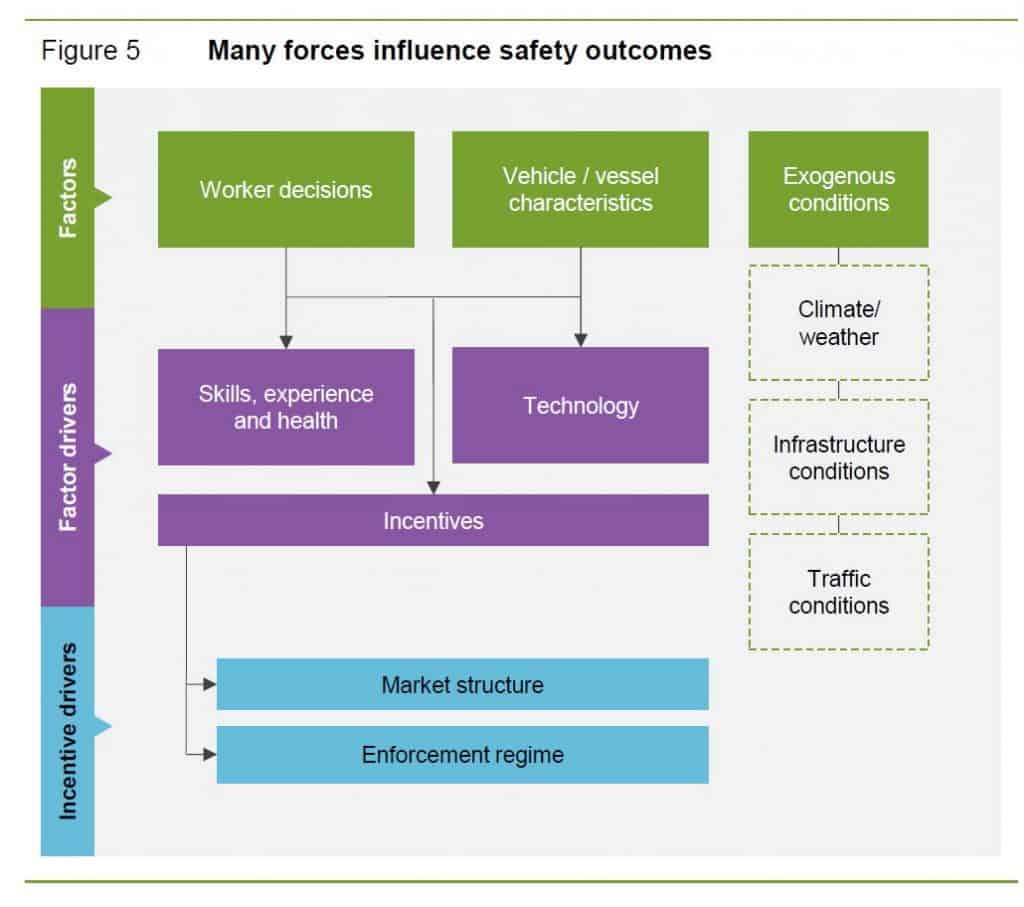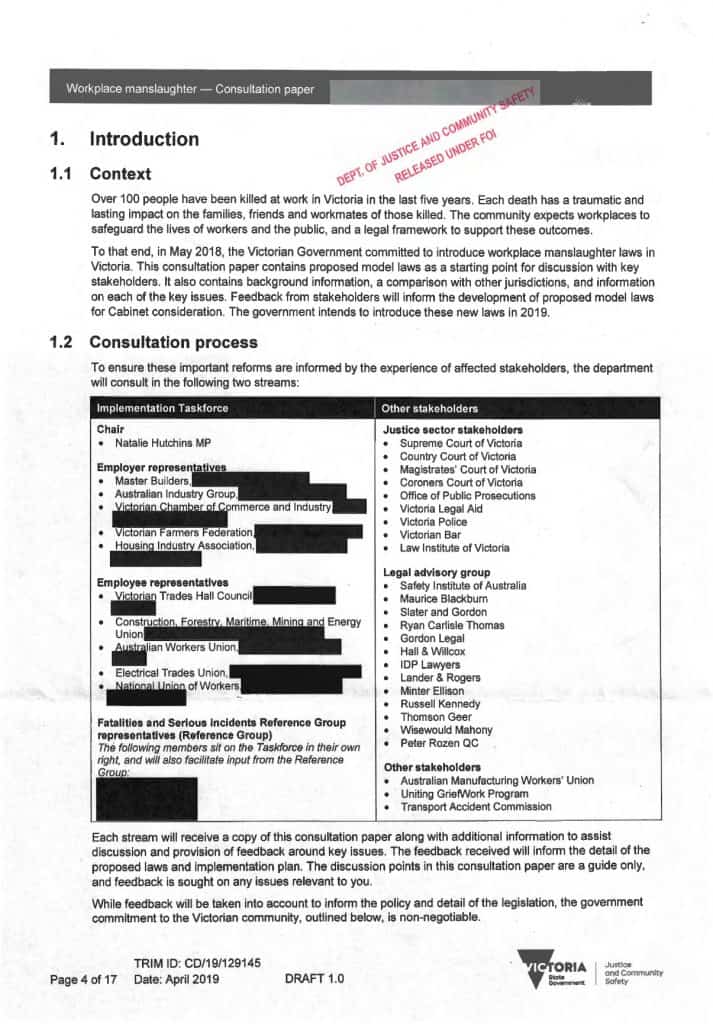
Parts of Europe are sweltering in extreme Summer temperatures similar to what Australian workers have experienced. A comparison of just temperatures is unreasonable as the European challenge is greater than Australia’s because the society, buildings and operational structures are largely designed and configured for low temperatures and snow. In many ways climate change will be more disruptive for European businesses as Australia has always been hot and dry.
The occupational health and safety (OHS) advice on how to address, or cope with, extreme heat has always been focused on the individual’s capacity to work in heat rather than reconfiguring work to avoid these unsafe and unhealthy conditions. Here is some advice from an American law firm from early this month:
“Summer temperatures can create hazards for workers, and employers can be liable for not addressing conditions that could lead to injuries and illnesses, such as heat exhaustion and heat stroke. Liability can arise whether work is being done outside in construction, landscaping, and agriculture, or inside in non-air conditioned manufacturing plants and warehouses.”




